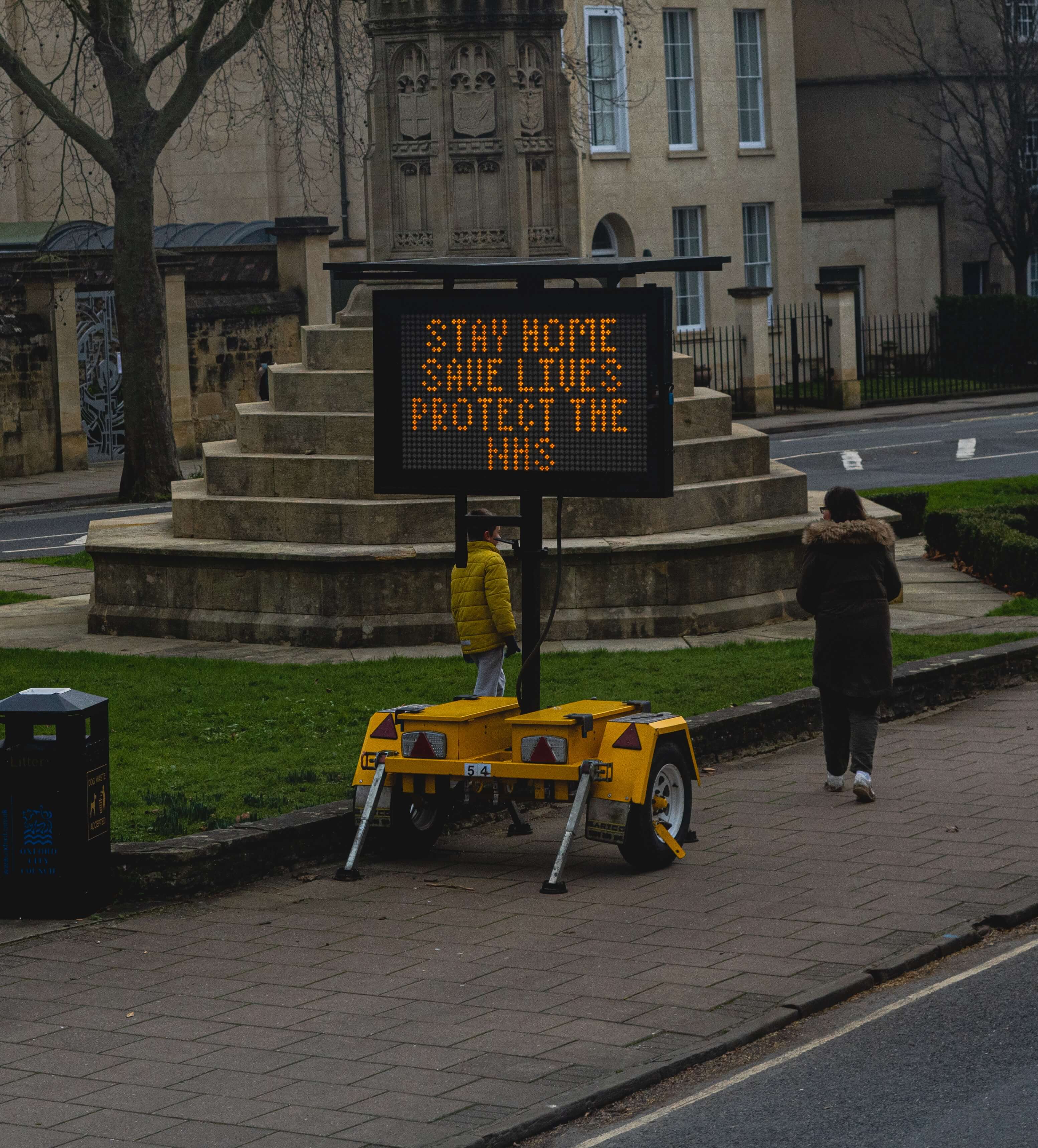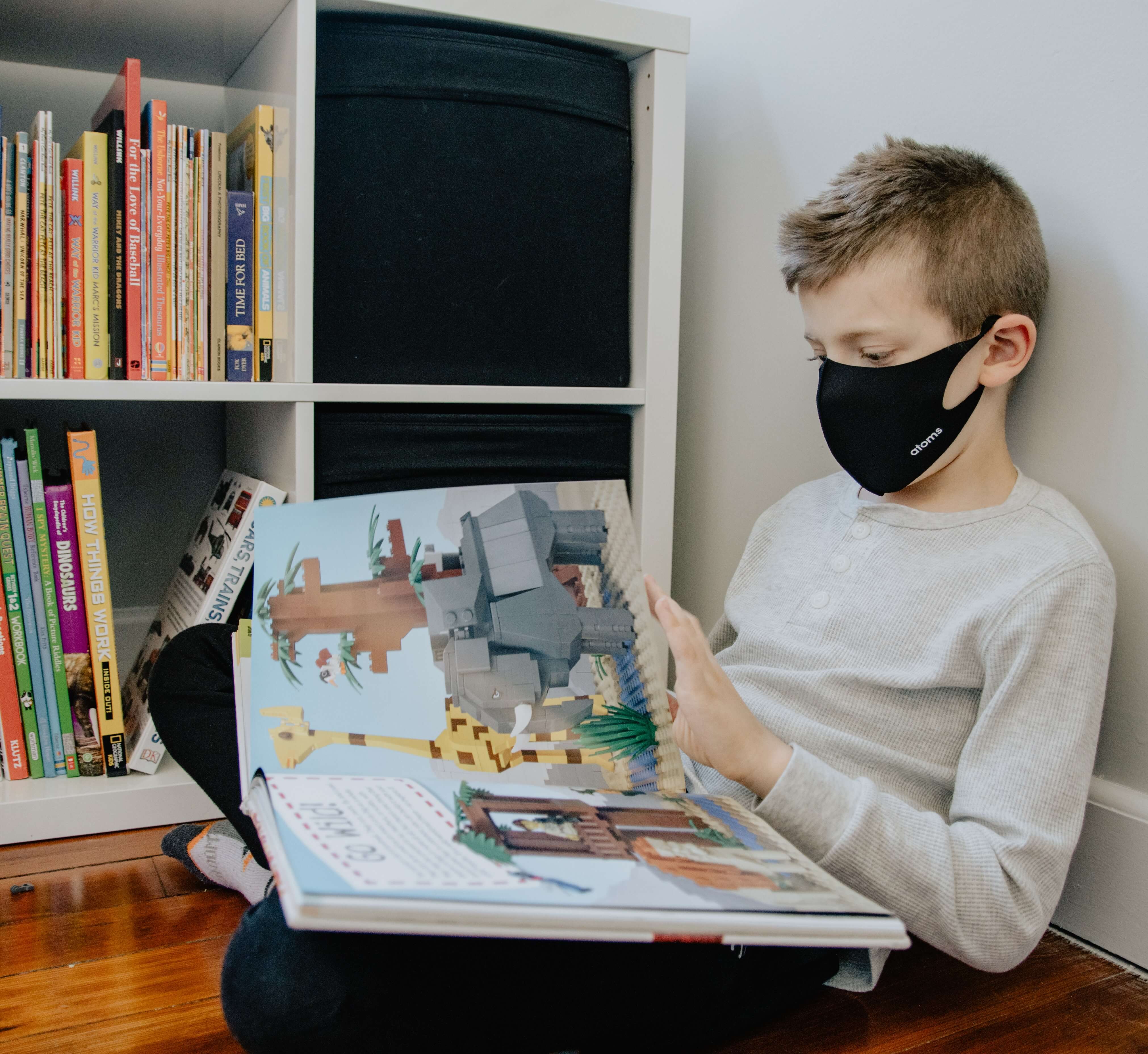
How Far Should Coronavirus Testing Swabs Go up Your Nose?
One of the most effective ways of fighting the Covid-19 pandemic is to test far and wide. Self-testing rapid antigen kits such as the Healgen testing kits should be an important part of the fight against Covid-19. Many rapid antigen Covid-19 tests require nasal samples for testing. According to the instructions, a healthcare provider is supposed to insert a swab into your nasal cavity to get a fluid sample. If you’re using an at-home self-testing kit, you’re supposed to follow the Covid test diagram guidelines provided in the instruction manual to do the test.
And while some swab-and-go rapid antigen tests only require a sample from the front of your nasal cavity, others require you to poke deep into your nostril, causing discomfort and pain. So, how far up your nose does the rapid test go?
Types of Swabs for Covid Testing
The preferred specimens for Covid-19 tests are the anterior nares swab, nasal mid-turbinate swab, nasopharyngeal swab, and oropharyngeal swab. Let’s look at each of these swabs in detail.
- Anterior nares swab - The anterior nares swab gets a sample from the front part of the nostrils. The swab is often inserted into the nostril about 0.5 to 0.75 inches deep. A healthcare provider may ask you to do the swab yourself, or they can gently insert it inside your nose. They will also rotate the swab gently and remove it after 10-15 seconds. This process is repeated in your second nostril, too.
- Nasal mid-turbinate (NMT) swab - During mid-turbinate swabs, you’ll be requested to tilt your head back. The healthcare provider will insert the swab at the bottom of your nostril and push it until it stops. They will then swirl the swab for about 15 seconds and remove it. They will repeat the same process in your other nostril. The swab used for this test is usually medium-sized with a tip that is made from an absorbent material such as foam, spun polyester, or flocked fibers.
- Nasopharyngeal swab - This swab is designed to reach the back of your nasopharynx, which is the musculature part that makes up the pharynx. This part is behind the nose and above your mouth’s soft palate. The nasopharyngeal swab is often inserted through the nostril. The process isn’t supposed to be painful, although it may be uncomfortable and can cause gagging or coughing.
- Oropharyngeal swab - This swab is supposed to reach the oropharynx, which is the part of the pharynx located at the back of your throat and below the opening of your nasal passage. To collect a Covid-19 sample using this method, the swab is inserted through the mouth to reach the back of the throat. Some people prefer this swab, as when done correctly, it’s more comfortable than the nasopharyngeal swab.
How Deep Should Nasopharyngeal Go?

The nasopharyngeal method of sample collection uses a small swab that has a mini tip. The swab is inserted into the nostril parallel to your chin until the healthcare provider feels some resistance. The swab shouldn’t go deeper than half the distance between the ear and nostril. This is a distance of about 4 to 6 cm. How deep the nasopharyngeal swab goes may also depend on your nasal cavity's anatomical structure. However, experts agree that the test shouldn’t hurt.
But why do healthcare workers prefer using the nasopharyngeal swab instead of the more comfortable anterior nares or NMT swab? The reason is that samples from deeper in the nasal cavity are believed to have a higher viral load meaning that they give a more accurate diagnosis than samples obtained from the front part of your nasal cavity.
In one review study published in the PLOS One science journal, nasopharyngeal swabs were recorded to be 98 percent accurate, while shallow and mid-turbinate swabs were found to be 82 and 88 percent accurate, respectively.
Conclusion
In closing, due to their ability to give an accurate diagnosis, nasopharyngeal swabs are considered to be the gold standard for reliable Covid-19 testing. However, this doesn’t mean that Covid-19 samples can’t be collected from other swabs. For instance, oropharyngeal swabs are ideal for patients that can’t stand nasal swabs due to nasal conditions such as nosebleeds. Similarly, you can buy a FlowFlex Covid test that uses either a nasopharyngeal or oropharyngeal swab and use the latter if you find nasopharyngeal swabs painful and uncomfortable.



